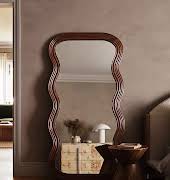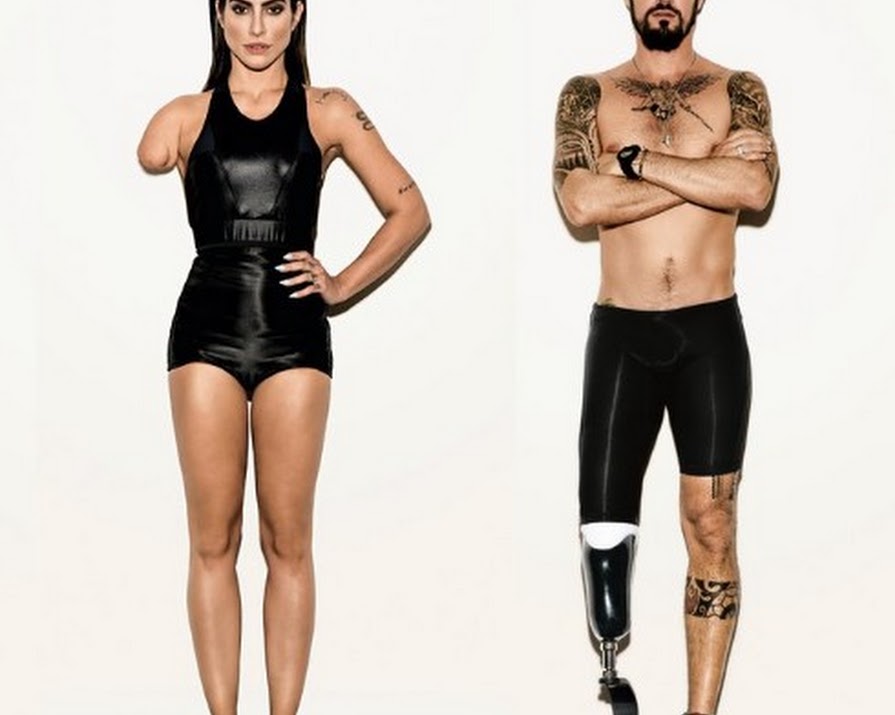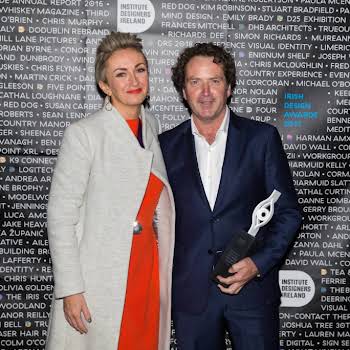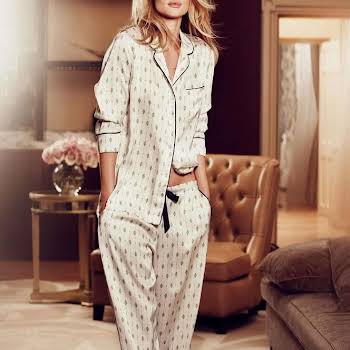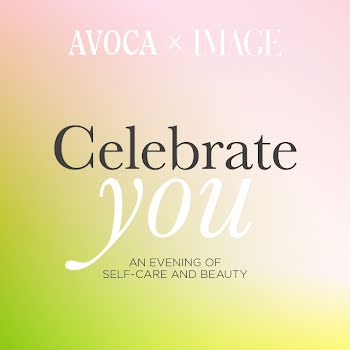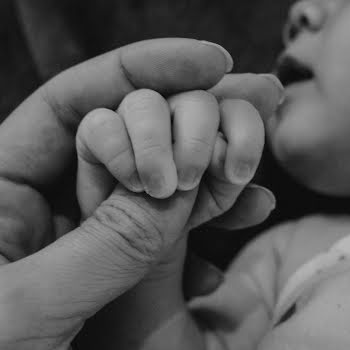
By Jennifer McShane
27th Aug 2016
27th Aug 2016
The Olympics were a joy to watch; a diverse range of athletes of all colour, race and size coming together to test their skill, mental and physical strength to claim the world’s highest sporting accolade. The Games were mesmerising (Simone Biles, anyone?) but it is the Paralympics that are spellbinding as we witness the sheer power and physical strength of athletics with various mobilities reach awe-inspiring heights.
The Rio Paralympics are about to kick off and as someone who has a disability, the realism is a thing to behold. This is no glossy movie where a fully-able-bodied actor portrays a make-shift disability; these are real sportsmen and women of various abilities?going for gold – and it’s glorious. In a time when disabled groups are either reduced to negative stereotypes, made the topic of an unrealistic Hollywood movie or not portrayed at all, the upcoming Games offer an opportunity to push this aside and embrace diversity in all its wonderful forms.
However, a story making headlines this week sees a company undo the very premise of the Games: instead of using photos of the actual Paralympic athletes to promo the events, a new ad campaign by Vogue Brazil, sees two non-disabled models being?Photoshopped to make them look like amputees.
Even though there are models with those very disabilities @vogue could’ve featured, they’ve modeled together too. pic.twitter.com/q7jTCJysTZ
? Beth Elderkin (@BethElderkin) August 24, 2016
They had been photoshopped to feature the disabilities of Paralympic table tennis player Bruna Alexandre, who had her right arm amputated when she was just three months old, and sitting volleyball player Renato Leite, who has a prosthetic leg. They knew about the campaign in advance, but they weren’t used as the faces behind it. Instead, two ambassadors for the Brazilian Paralympic Committee?appeared in Vogue Brasil under the headline ?We are all Paralympians.?
First of all, no, we’re not “all Paralympians.” Paralympians are exceptional athletes who have devoted their lives to reaching astonishing mental and physical peaks, despite their challenges, and not everyone will understand their reality, so such a headline strives to lessen their accomplishments. They are Paralympians, so why would one not let these sports stars?be the faces of what should be an empowering campaign?
#SomosTodosParal’mpicos: a campanha com @pires_cleo e Paulinho Vilhena https://vogue.globo.com/moda/moda-news/noticia/2016/08/somos-todos-paralimpicos-campanha-com-cleo-pires-e-paulinho-vilhena.html?utm_source=twitter&utm_medium=social&utm_campaign=+post pic.twitter.com/nbsDSGcFTG
? Vogue Brasil (@VogueBRoficial) August 24, 2016
Now, as a result, disabled athletes have once again been pushed to the sidelines at the world’s biggest disability event, and it’s both depressing and enraging to think an influential outlet could think this acceptable behaviour in 2016.
In response, the magazine states that the campaign was ?to attract visibility to the Special Olympics and highlight the relevance of Brazilian disabled athletes in the panorama of the national sport.” So, was the best way to truly “attract visibility” to an already underrepresented group in society to make them invisible? To disassociate the athletes from an event that is there to celebrate their accomplishments? It no kind of promotion at all.
Unfortunately, this isn’t the first time where the fashion and entertainment industries have chosen to ignore or misrepresent disabled groups. There was that dreadful Kylie Jenner fashion campaign which depicted disability as an accessory – she was photographed in a gold-plated wheelchair last year – and?how many movies have a fully able-bodied actor play a person with a disability? Almost every film that depicts the topic of disability (My Left Foot, The Theory of Everything and Me Before You) opts for a fully able-bodied actor.
The campaign was reportedly devised?to try to boost ticket sales, but the entire thing is an insult to the disabled sports stars who should take centre stage at the Paralympic Games, rather than be pushed aside in favour of a cropping tool.
It’s 2016. We can surely do a whole lot better than this.










